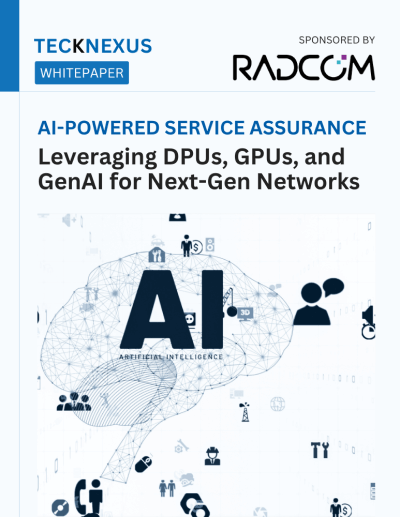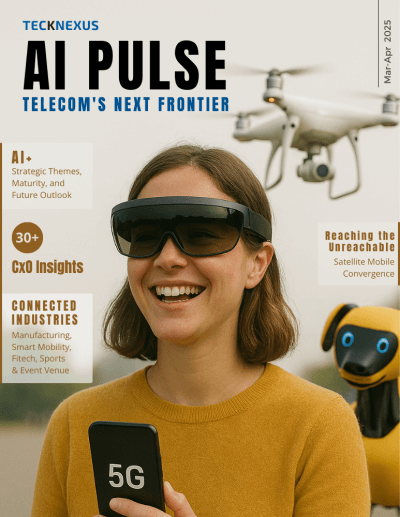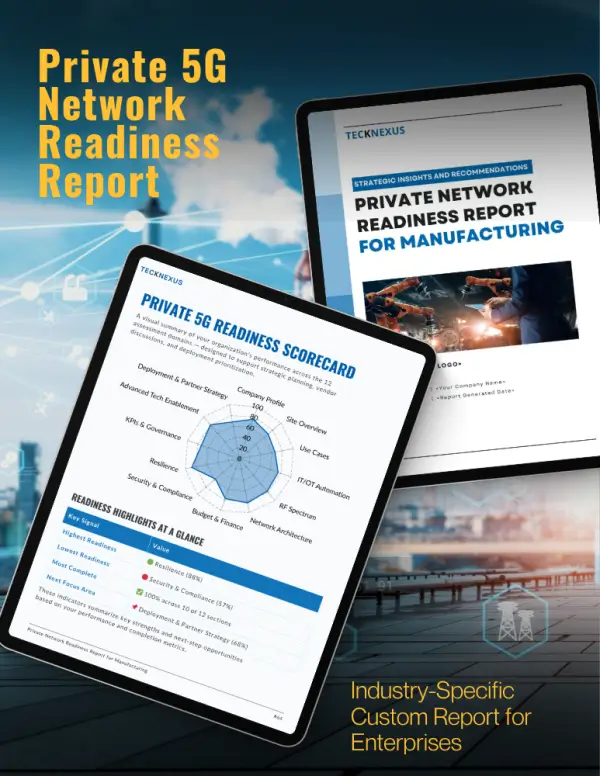Artificial Intelligence (AI) has evolved significantly over the years, transitioning from rigid, rule-based systems to dynamic, context-aware AI agents powered by Large Language Models (LLMs). These two approaches to AI differ in terms of flexibility, adaptability, and computational requirements, making them suitable for different use cases.
Rule-based AI agents follow explicitly defined instructions, executing specific actions when given a predetermined input. These systems operate deterministically, ensuring that the same input always leads to the same output. In contrast, LLM-based AI agents rely on deep learning models trained on vast datasets, allowing them to generate responses based on context rather than predefined rules. This enables LLM-based agents to handle more complex, ambiguous, and unstructured problems.
Understanding the differences between these AI approaches is essential for selecting the right solution for various applications. This article explores the key characteristics, advantages, limitations, and use cases of both rule-based and LLM-based AI agents, providing a detailed comparison to aid decision-making.
Understanding Rule-Based AI Agent: How It Works and When to Use It
Rule-based AI agents are systems that function based on a set of explicit rules manually programmed by developers. These rules follow an “if-then” logic structure, meaning the system performs a specific action when a given condition is met. Since these rules are pre-programmed, the agent cannot adapt beyond what has been explicitly defined by developers.
These agents are commonly used in domains where well-structured and predictable scenarios exist. They work well for applications requiring high levels of transparency, as their decision-making process is clear and easy to audit.
Essential Characteristics of Rule-Based AI Systems
- Predefined Logic: Rule-based systems operate strictly within manually programmed rules and logic structures.
- Deterministic Nature: Given the same input, a rule-based agent will always return the same output, ensuring consistent behavior.
- Structured Decision-Making: These systems rely on predefined workflows, ensuring reliable operation within known scenarios.
Why Choose Rule-Based AI? Key Benefits & Strengths
- Predictability and Transparency: Since all decisions are made based on explicit rules, rule-based AI agents provide complete transparency, making it easy to understand and debug their operations.
- Efficiency in Simple Tasks: These systems excel at repetitive, well-defined tasks where minimal variation occurs, such as validating forms, answering frequently asked questions, or processing structured data.
- Lower Computational Requirements: Since rule-based agents do not require extensive computation or machine learning models, they consume fewer system resources, making them more cost-effective.
Challenges of Rule-Based AI: Where It Falls Short
- Limited Adaptability: Rule-based AI agents struggle when dealing with scenarios not explicitly covered by their predefined rules. If an unforeseen input occurs, the system may fail to respond effectively.
- Scalability Challenges: As complexity increases, the number of rules grows exponentially, making rule-based systems difficult to manage and maintain.
- Inability to Handle Ambiguity: These systems do not possess contextual understanding, making them ineffective for tasks requiring natural language comprehension or reasoning beyond fixed logic.
Practical Applications of Rule-Based AI in Business
- Simple Chatbots: Many early customer support bots operate using rule-based logic to provide predefined responses to frequently asked questions.
- Automated Data Entry and Validation: Rule-based AI is used in data validation systems that check entries against a fixed set of rules.
- Compliance Checking: In industries such as finance and healthcare, rule-based AI agents ensure that processes adhere to regulations by following strict rules.
How LLM-Based AI Agents Function: The Power of Contextual AI
Large Language Model (LLM)-based AI agents leverage deep learning techniques to process and generate human-like text. These systems are trained on massive datasets, allowing them to understand language, infer context, and generate coherent responses. Unlike rule-based agents, LLM-based AI does not rely on predefined rules but instead adapts dynamically based on learned patterns and contextual information.
Core Capabilities of LLM-Based AI Systems
- Contextual Awareness: LLM-based AI agents can interpret and respond to queries based on context rather than fixed rules.
- Self-Learning Capability: These agents can be fine-tuned with additional data to improve performance in specific domains.
- Scalable and Adaptive: They can handle a broad range of tasks, from answering open-ended questions to generating long-form content.
Benefits of LLM-Based AI: Why It’s Revolutionizing AI Applications
- High Flexibility: Unlike rule-based agents, LLM-based AI agents can manage diverse inputs and respond dynamically to various scenarios, making them suitable for complex applications such as conversational AI and content generation.
- Natural Language Understanding: These models can comprehend, process, and generate human-like text, allowing for more sophisticated interactions.
- Improved User Experience: LLM-based AI agents provide more engaging and personalized interactions compared to rule-based systems, enhancing customer service and virtual assistant applications.
The Downsides of LLM-Based AI: Challenges & Constraints
- Computational Requirements: Training and running LLM-based AI agents require significant computational resources, making them costlier than rule-based systems.
- Lack of Transparency: The decision-making process of LLMs is often seen as a “black box,” making it difficult to interpret how specific outputs are generated.
- Potential for Hallucination: Since LLMs generate responses probabilistically, they sometimes produce inaccurate or misleading outputs.
Where LLM-Based AI Shines: Top Use Cases Across Industries
- Conversational AI and Virtual Assistants: LLMs power AI-driven chatbots and virtual assistants capable of understanding context and responding dynamically.
- Automated Content Generation: LLMs generate articles, summaries, and creative content, streamlining content production.
- AI-Powered Customer Support: Many modern customer service applications use LLMs to provide more natural, context-aware responses to customer inquiries.
Rule-Based vs. LLM-Based AI: A Side-by-Side Comparison
| Feature | Rule-Based AI Agents | LLM-Based AI Agents |
|---|---|---|
| Operation | Executes predefined rules and logic structures. | Generates responses based on learned patterns from training data. |
| Decision Process | Deterministic—same input always produces the same output. | Probabilistic—responses depend on context and training data. |
| Flexibility | Limited to predefined cases, cannot handle unknown inputs. | Can adapt dynamically to various types of input. |
| Complexity Handling | Struggles with ambiguity and unstructured data. | Excels in processing complex and nuanced information. |
| Scalability | Becomes difficult to scale as the number of rules grows. | Easily scales to handle large datasets and diverse queries. |
| Transparency | Highly transparent and easy to debug. | Opaque decision-making process, often seen as a black box. |
| Learning Ability | No learning—static rules must be manually updated. | Can be trained on additional data to improve performance. |
| Computational Requirements | Low, does not require intensive processing power. | High, requires advanced hardware and infrastructure. |
| Use Case Examples | Form validation, compliance checking, rule-based chatbots. | Conversational AI, content generation, AI-powered virtual assistants. |
How to Decide: Should You Use Rule-Based or LLM-Based AI?
| Criteria | Rule-Based AI Agents | LLM-Based AI Agents |
|---|---|---|
| Best for | Well-defined, repetitive tasks without contextual understanding | Applications requiring natural language understanding and adaptability |
| Transparency & Predictability | High—ideal for regulatory compliance and automated workflows | Lower—designed for dynamic, context-driven interactions |
| Scalability & Flexibility | Limited—follows pre-set rules and conditions | High—adapts to complex and evolving scenarios |
| Computational Costs | Low—more cost-effective for organizations with limited resources | Higher—requires more computational power for processing |
| Ideal Use Cases | Automated workflows, compliance monitoring, structured decision-making | Virtual assistants, personalized customer support, knowledge-based automation (e.g., summarization, recommendations) |
Final Thoughts: Finding the Right AI Approach for Your Business
Rule-based AI agents offer simplicity and reliability for structured environments, while LLM-based AI agents provide advanced capabilities for unstructured, complex tasks. The choice between these two approaches depends on the specific needs of the application, whether prioritizing deterministic logic or contextual adaptability. Hybrid approaches that combine both paradigms may become more prevalent, allowing AI systems to leverage the strengths of both methodologies.
























